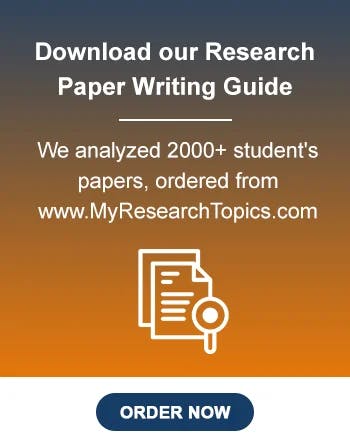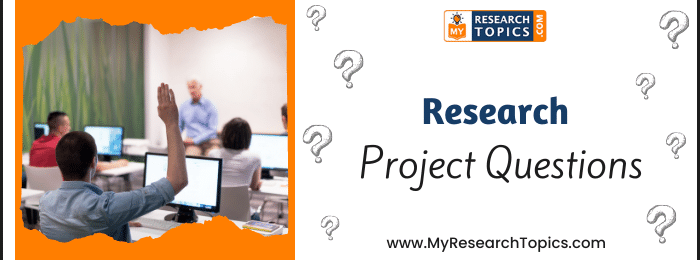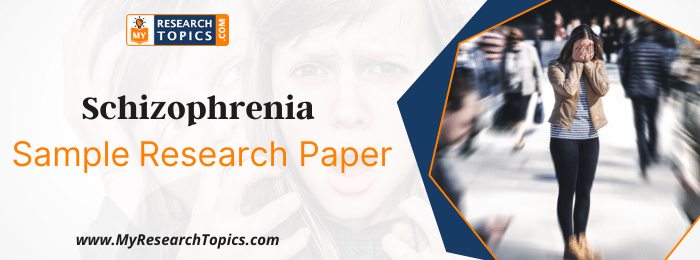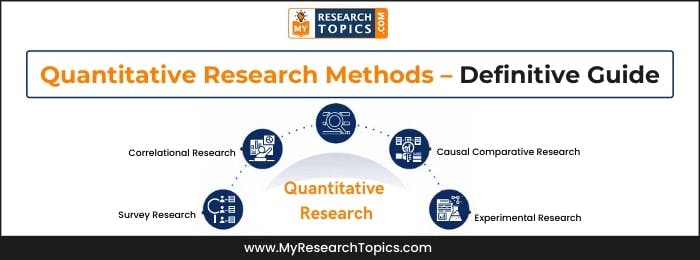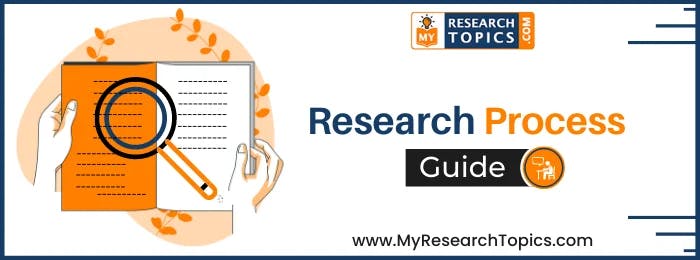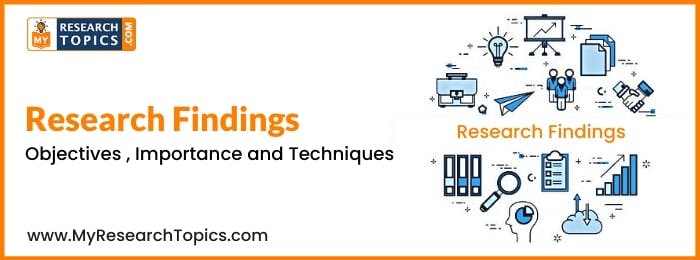Correlational Research – Complete Guide
Published 16 October, 2023

Correlational research is a form of qualitative and quantitative research that looks at the relationships between two or more variables. It has been used in many areas to examine factors that are related to health, education, economics, sociology, etc. In this blog post, we will discuss the introduction, its types, importance, and data collection technique in correlational research.
What is correlational research?
Correlational research is a way to study the relationship between two variables but without any experimental results. Statistical analysis helps you figure out if there are relationships or not for each variable and how strong they might be.
In other words, Correlational research is basically a kind of non-experimental research where you need to perform measurement of the variable. In addition to this, you also need to assess the statistical relationship between different types of variables.
You can perform correlational research especially in such types of research where you can’t perform experiments. Correlational research mainly emphasizes analyzing the relationship between different variables of the study.
Students can utilize a Correlational research design at the initial phase before beginning experiments.
For example, Suppose, you are performing research for analyzing the co-relationship between marriage and cancer. In this type of research, there are two variables these are cancer and marriage. A person suffering from cancer has less chance of getting married which shows a negative co-relationship between both variables.
Types of correlational research
Mainly three types of correlational research have been identified:
- Positive Correlation: A positive relationship between two variables is when one variable increases, the other will too. A decrease in one of these variables results in that same decline with the other going down too.
For instance, the number of cars a person owns is positively correlated with their salary. The more money they make usually means that they can afford to buy and maintain multiple vehicles or cars. - Negative Correlation: A negative correlation exists when two variables show opposite effects as one variable increases or decreases; this means that if there is an increase in one variable, the second variable will show a decrease (or vice versa).
For instance, there is a negative relationship between levels of stress and life satisfaction. As stress levels increase, satisfaction decreases sharply. - Zero Correlation: Zero correlation means that there is no connection between the two variables. A change in one variable does not lead to any changes in the other, and they can be completely independent of each other.
For instance, One example of zero correlation is the relationship between intelligence and height. Though a person’s height can change, it has no effect on their intelligence or mental capacity to learn.
When to use correlational research?
Generally, we use correlational research when it’s appropriate to study two variables at the same time but not yet know if one causes the other in any kind of casual way. There are a few situations, where correlational research is the best option:
- To find out non-casual relationships between variables: Because you don’t expect to find a causal relationship between two variables, correlational research can help researchers develop theories and make predictions. Not only that but it will provide insights into complex relationships which are hard for people without specialized knowledge about the topic.
- To find out casual relationships between variables: If experimental research is too costly, unethical, or impractical for you to conduct on one of the variables in order to find out if there’s a causal relationship between them, correlational research can provide an initial indication and additional support as well.
- To test new measurement tools, you have developed a novel instrument for measuring your variable. You want to know if it is reliable or valid but do not what the best approach would be. Correlational research can assess whether a tool consistently captures this concept it aims to measure.
Importance of correlational research
- Correlational research design has great importance as it will help you in making predictions. When you are aware of the score of one measure then you can easily determine an accurate measure for another variable.
- It enables you to develop an understanding of the direction and strength of the relationship between two different variables.
- Conducting a correlational study to measure customer attitudes is the perfect task for motivating and inspiring researchers. They question their survey in order to make it as relevant as possible.
Data collection Techniques in correlational research
An important feature of correlational research is that no single variable is manipulated by an investigator. For example, an investigator can visit a mall for gathering information from people about their habit of shopping. There are basically three techniques of data collection in correlational research, these are:
1. Naturalistic observation
It is the approach that you can use for gathering facts, especially while conducting correlational research. As per this approach to data collection you need to observe the attitude of people in a particular setting or situation. You can use the naturalistic observation technique for performing field investigation.
This method often involves recording, counting, describing, and categorizing actions and events which may include both qualitative as well quantitative elements depending on how you want to analyze your findings
For example, the researcher, in order to gather information about the shopping habit of people, can observe them in the shopping mall.
Note: While making the decision to apply the naturalistic observation technique you need to consider particularly two types of issues these ethics and privacy. As the naturalistic technique of data collection is applied in the complex environment you might have to face issues in selecting sampling methods in research and in taking measurements.
2. Archival data
It is the basic technique that mainly involves the utilization of information that has been collected for accomplishing another objective. Archival data is a type of archival information collected from past studies that have been conducted in similar fields of study and will provide important correlations with the current project being undertaken.
For example, If you want to gather information about the death of women. You can have access to the records of the hospital for gathering facts about the subject.
The different sources from where the archival data could be gathered are:
- Public records recorded by government agencies
- Schools and educational departments
- Research companies
- Organization or industries
3. Survey Method
In survey research, you can use questionnaires to measure your variables of interest. You can conduct surveys online or by phone and with a little creativity they’ll be flexible enough for any situation. Surveys are a quick and flexible way of collecting data from many participants, but it’s important to ensure the questions you ask are unbiased.
Other Related Guides
- Research Project Questions
- Types of Validity in Research – Explained With Examples
- Schizophrenia Sample Research Paper
- Quantitative Research Methods – Definitive Guide
- Research Paper On Homelessness For College Students
- How to Study for Biology Final Examination
- Textual Analysis in Research / Methods of Analyzing Text
- A Guide to Start Research Process – Introduction, Procedure and Tips
- Research Findings – Objectives , Importance and Techniques
- Topic Sentences in Research Paper – Meaning, Parts, Importance, Procedure and Techniques
